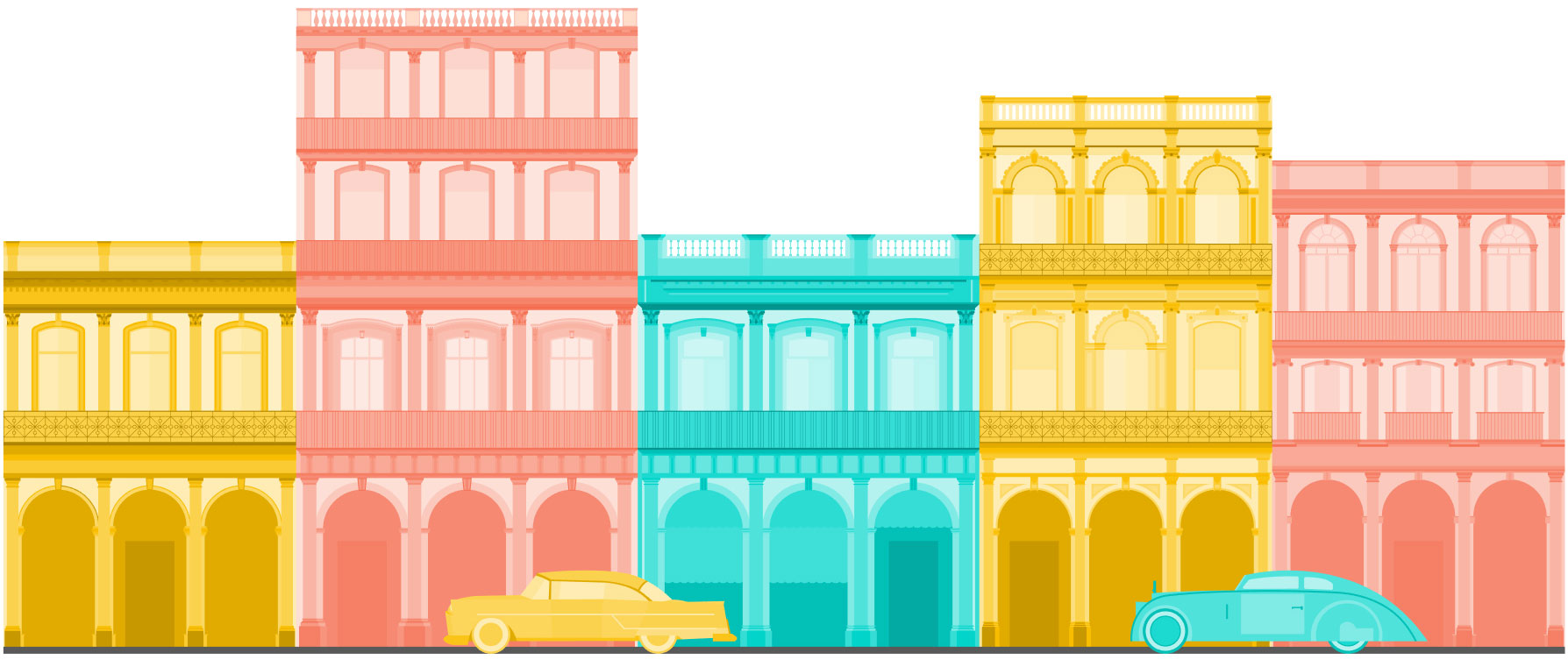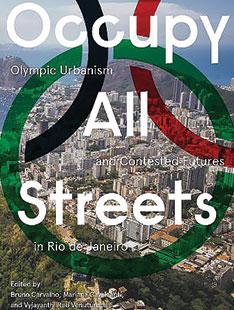Early on March 28, 2017, the UTM and entire University of Toronto community lost our dear colleague and friend, Professor Ana Maria Bejarano, to cancer. A deeply devoted teacher in the Department of Political Science, Ana Maria touched thousands of students through her courses on comparative politics and Latin America and even broader audiences through her research scholarship on democratization and constitutionalism in the Andes region. Hailing originally from Bogotá, Colombia, she remained deeply committed to collaborating with her research colleagues in the Andean region.
After obtaining her BA in Political Science at the University of Los Andes, Ana Maria completed her MA, MPhil and PhD, at Columbia University. She then returned to her alma mater, teaching in Bogotá for a decade before taking visiting fellowships at the University of Notre Dame (2000-1) and Princeton University (2001-3). She joined the Political Science faculty at UTM in 2003, authoring publications such as Precarious Democracies: Understanding Regime Stability and Change in Colombia and Venezuela (University of Notre Dame Press, 2011). She also co-edited (with S. Mainwaring and E. Pizarro), The Crisis of Democratic Representation in the Andes (Stanford University Press, 2006). She was an active participant in projects designed to analyze and monitor the quality of democracy in the Andes. Read More




